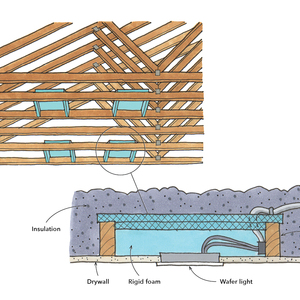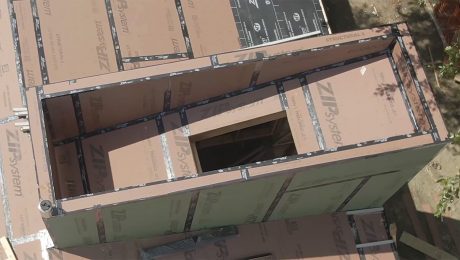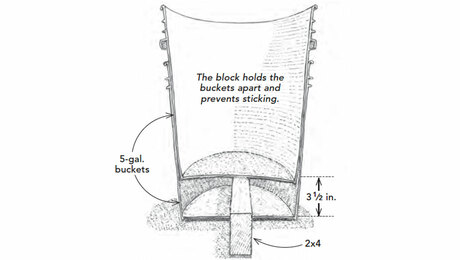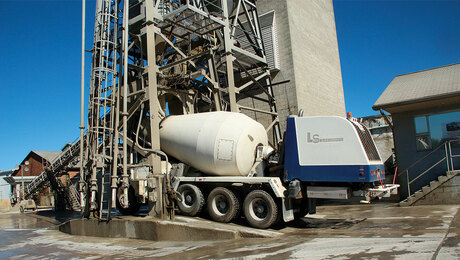Q:
In Bruce Harley’s article “Home Remedies for Energy Nosebleeds” (FHB #190), there’s a picture of a can of spray foam labeled Fireblock Foam next to a caption about sealing gaps next to chimneys. I thought it was illegal to use foam against a chimney. What gives?
Steve Willborn, Truth or Consequences, NM
A:
Bruce Harley, author of Build Like a Pro: Insulate and Weatherize (The Taunton Press, 2002), replies: The term fire block is easily misunderstood. The short answer is that all plastic foams are combustible and that you can’t use combustible materials as fire blocks within 2 in. of a chimney. That’s the law, and it’s in the technical-evaluation report that qualifies a foam for use in particular fire-blocking applications. In fact, the technical bulletin of that product says, “Not a fire-stopping sealant as defined by UL & not appropriate for fire-stopping applications.”
Fire-block foam is generally not substantively different from other canned foams, except for the label, the price, and sometimes the color. The main difference is that a fire-block foam has had a service evaluation to qualify it for “fire-blocking” in residential type-V (combustible) construction, typically limited to sealing around vents, pipes, ducts, and wires that run through top plates within a dwelling.
The actual risk could be relatively small for use against a lined chimney, under normal operation. The main concern is what could happen in a high-temperature event like a creosote fire, particularly in an older, unlined chimney. It’s better to stay on the safe (and legal) side. In any case, when using such foams, always refer to the product’s evaluation service report (ESR) to determine its suitability. And if anybody comes up with a canned spray-applied sealant that is truly noncombustible, let me know. I’ve been wishing for such a product for nearly two decades.
Fire terminology:
The terms fire-rated, fire-blocking, and firestop are confusing. When these terms are on product labels, a little confusion can be disastrous. They’re defined exhaustively in the International Building Code, but here’s what they mean in plain language.
• Fire-rated means that the installed assembly (wall, floor) won’t burn for a certain amount of time, such as one hour or two hours. A fire rating is typically required between dwellings or between garage and living space, for example. This is usually rated by Underwriters Laboratories according to ASTM standard tests.
• Firestop means that the product contains a compound like graphite, which allows the sealant to form an ash crust if a fire occurs, thereby preventing flame and smoke above or below the source of the fire. It’s used for sealing holes in fire-rated assemblies.
• Fire-blocking products are intended to prevent the passage of smoke or flame within a wall cavity tested up to one hour without a hose-stream test. Blocks between studs in walls taller than 10 ft. are an example of fireblocking. Sealing holes for wires in top plates is another.


























View Comments
Dear Bruce: It would be a good idea to add a few more key details. (1) Cured canned spray foam, e.g. Great Stuff and 3M, will ignite at just 240 degrees F. This is significantly lower than the ignition temp for paper or wood. In other words, these foams will burn first and promote combustion. (2) These foams are banned for fire blocking in commercial construction, and are only allowed in residential construction due to a gap in the code. Your local building inspector can "determine" that the foam is OK to use, or not. (3) This means that an informed inspector can fail your inspection if he / she finds that foam was used -- requiring time consuming work to dig out foam around wire and pipe holes, and replace it with standard fire-resistant caulk. During a recent inspection for one of our remodeling projects, the inspector saw that we used caulk -- not foam -- and he smiled, "You avoided a costly problem." So it is also smart from a $$ point of view to use caulk -- which is easy to apply with a standard caulk gun. We typically use 3M Fire Barrier CP 25WB Plus Sealant.